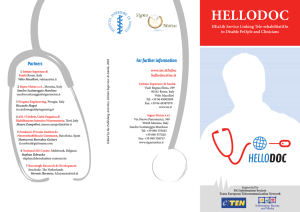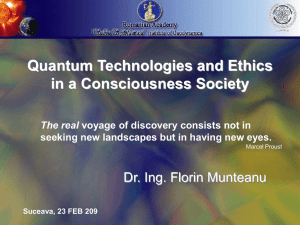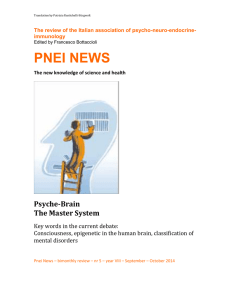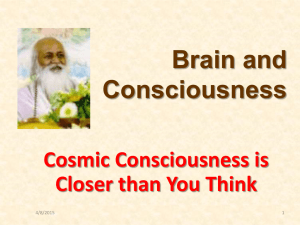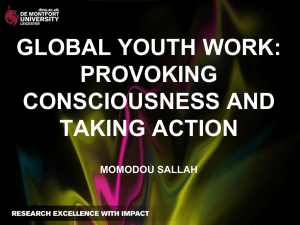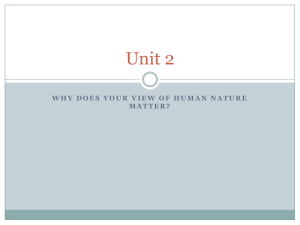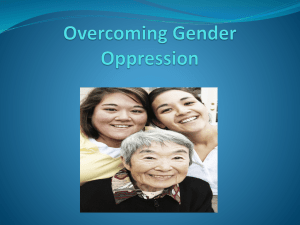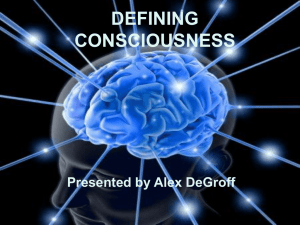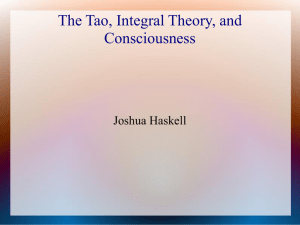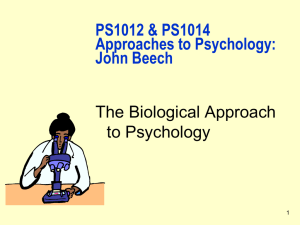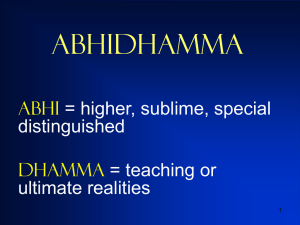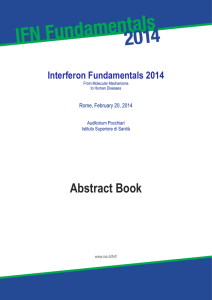Monographic section - Istituto Superiore di Sanità
advertisement
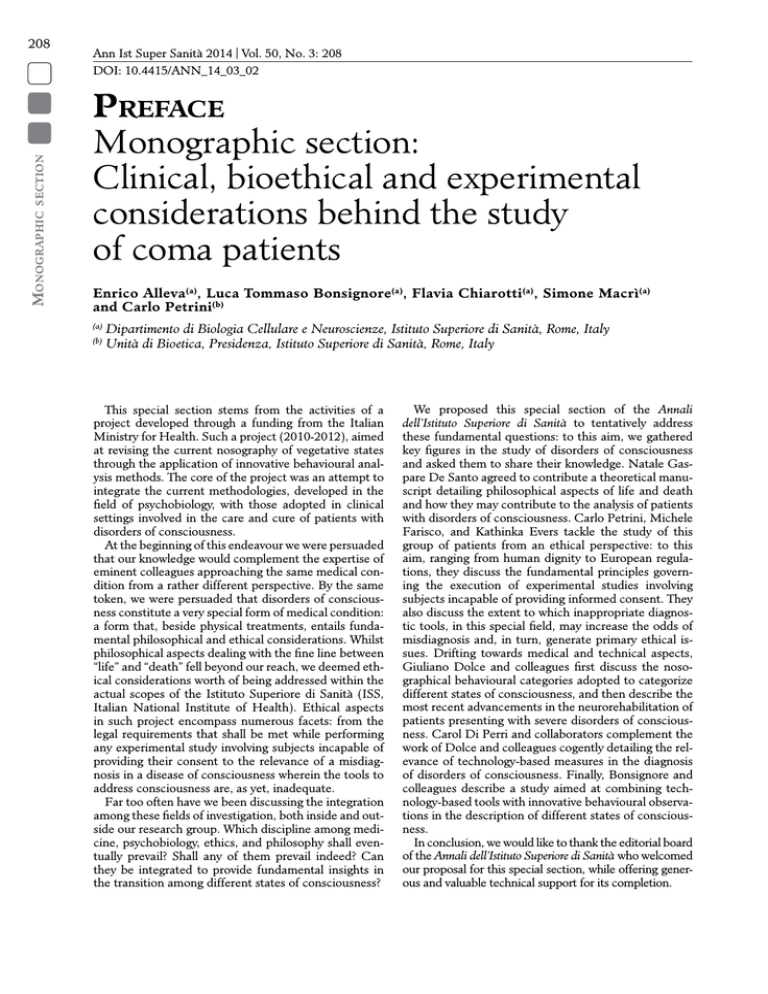
208 Ann Ist Super Sanità 2014 | Vol. 50, No. 3: 208 M onographic section DOI: 10.4415/ANN_14_03_02 Preface Monographic section: Clinical, bioethical and experimental considerations behind the study of coma patients Enrico Alleva(a), Luca Tommaso Bonsignore(a), Flavia Chiarotti(a), Simone Macrì(a) and Carlo Petrini(b) (a) (b) Dipartimento di Biologia Cellulare e Neuroscienze, Istituto Superiore di Sanità, Rome, Italy Unità di Bioetica, Presidenza, Istituto Superiore di Sanità, Rome, Italy This special section stems from the activities of a project developed through a funding from the Italian Ministry for Health. Such a project (2010-2012), aimed at revising the current nosography of vegetative states through the application of innovative behavioural analysis methods. The core of the project was an attempt to integrate the current methodologies, developed in the field of psychobiology, with those adopted in clinical settings involved in the care and cure of patients with disorders of consciousness. At the beginning of this endeavour we were persuaded that our knowledge would complement the expertise of eminent colleagues approaching the same medical condition from a rather different perspective. By the same token, we were persuaded that disorders of consciousness constitute a very special form of medical condition: a form that, beside physical treatments, entails fundamental philosophical and ethical considerations. Whilst philosophical aspects dealing with the fine line between “life” and “death” fell beyond our reach, we deemed ethical considerations worth of being addressed within the actual scopes of the Istituto Superiore di Sanità (ISS, Italian National Institute of Health). Ethical aspects in such project encompass numerous facets: from the legal requirements that shall be met while performing any experimental study involving subjects incapable of providing their consent to the relevance of a misdiagnosis in a disease of consciousness wherein the tools to address consciousness are, as yet, inadequate. Far too often have we been discussing the integration among these fields of investigation, both inside and outside our research group. Which discipline among medicine, psychobiology, ethics, and philosophy shall eventually prevail? Shall any of them prevail indeed? Can they be integrated to provide fundamental insights in the transition among different states of consciousness? We proposed this special section of the Annali dell’Istituto Superiore di Sanità to tentatively address these fundamental questions: to this aim, we gathered key figures in the study of disorders of consciousness and asked them to share their knowledge. Natale Gaspare De Santo agreed to contribute a theoretical manuscript detailing philosophical aspects of life and death and how they may contribute to the analysis of patients with disorders of consciousness. Carlo Petrini, Michele Farisco, and Kathinka Evers tackle the study of this group of patients from an ethical perspective: to this aim, ranging from human dignity to European regulations, they discuss the fundamental principles governing the execution of experimental studies involving subjects incapable of providing informed consent. They also discuss the extent to which inappropriate diagnostic tools, in this special field, may increase the odds of misdiagnosis and, in turn, generate primary ethical issues. Drifting towards medical and technical aspects, Giuliano Dolce and colleagues first discuss the nosographical behavioural categories adopted to categorize different states of consciousness, and then describe the most recent advancements in the neurorehabilitation of patients presenting with severe disorders of consciousness. Carol Di Perri and collaborators complement the work of Dolce and colleagues cogently detailing the relevance of technology-based measures in the diagnosis of disorders of consciousness. Finally, Bonsignore and colleagues describe a study aimed at combining technology-based tools with innovative behavioural observations in the description of different states of consciousness. In conclusion, we would like to thank the editorial board of the Annali dell’Istituto Superiore di Sanità who welcomed our proposal for this special section, while offering generous and valuable technical support for its completion.
